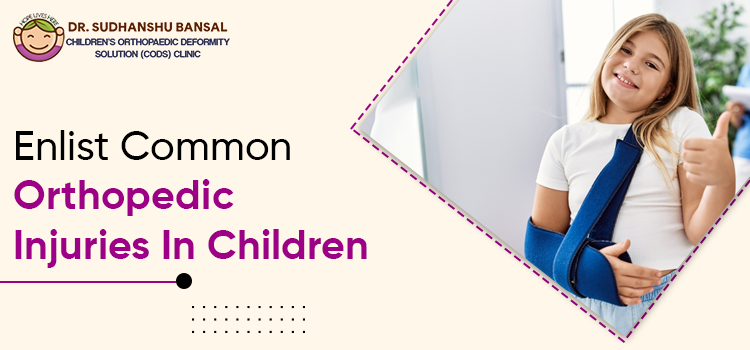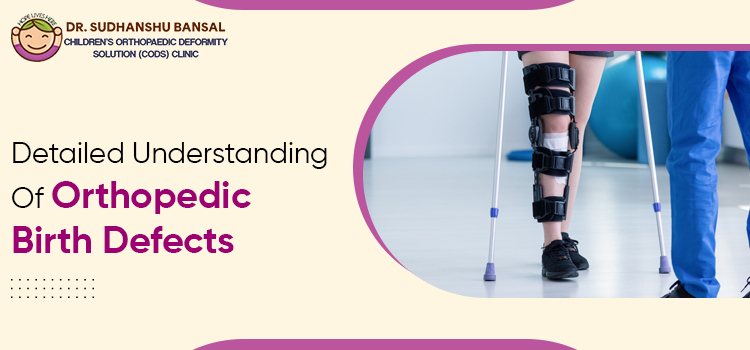Take care of your baby to prevent the occurrence of ortho injury
Orthopedic injuries are not merely a concern common among adults. There’s a higher possibility that even your baby can have an orthopedic injury. The baby’s bones are fragile, and if something wrong happens, then they are at increased risk of getting a serious ortho-related injury. Here are the three most common reasons behind musculoskeletal injury in babies:
- Child’s position during the time of birth
- Your weight of the baby
- Whether your child has an underlying health concern
Considering all the given situations, it’s essential to visit one of the top-rated Pediatric Clinic in Ludhiana. The ortho doctor can guide better on what approach needs to be followed and how to ensure that future occurrence is prevented.
Common orthopedic injuries in a child during birth
As per the view of one of the best child Orthopedic Doctor in Ludhiana, there are different types of musculoskeletal injuries that can occur during childbirth:
Ortho injury 1: Broken collarbone
Broken collarbone being one of the common concerns among newborns. In most cases, it’s the clavicle fracture that occurs and its role is to connect the chest to the shoulder. Most commonly, the problem occurs due to problems with a delivery or it has been extremely traumatic. The broken collarbone can show the signs like:
- The child cries excessively when trying to move the arm
- The child is unable to move the arm
Visit the pediatric ortho doctor as the earliest and know about the problem by diagnosing the same through ultrasound or X-ray.
Ortho injury 2: Nerve injury
There’s a higher possibility that during childbirth the nerve gets extremely injured. And it might reach the stage of fracture. The problem can occur when the delivery is difficult. There’s a possibility that the nerves heal with time. But, if that does not happen, then it might be possible the problem is adverse, or it has reached the stage where damage is worse.
Ortho injury 3: Hip dysplasia
Hip dysplasia is another child ortho-related problem that has a higher risk of occurring during childbirth. The problem also occurs when there has been a traumatic birth, and the problem is termed DDH (Developmental Dysplasia Of The Hip). It’s a problem with dislocation that creates the problem. The problem can be identified at birth, and it might occur in the first year of birth. If the problem is worse and does not get addressed completely, then the doctor suggests the option of surgery.
Get personalized and conclusive ortho
If your child has any ortho-related problems, then it’s extremely crucial to consult the medical specialist at the earliest. The supervision of the paediatric ortho doctor allows one to determine the appropriate way to handle the situation. Just make sure to seek medical treatment on time so that the condition can be managed with ease and comfort.









